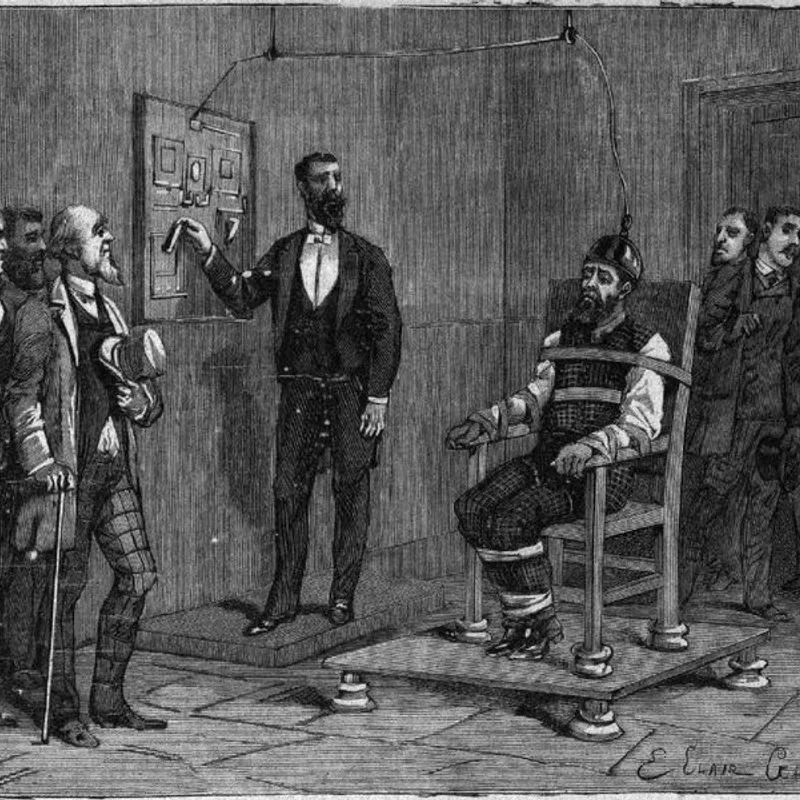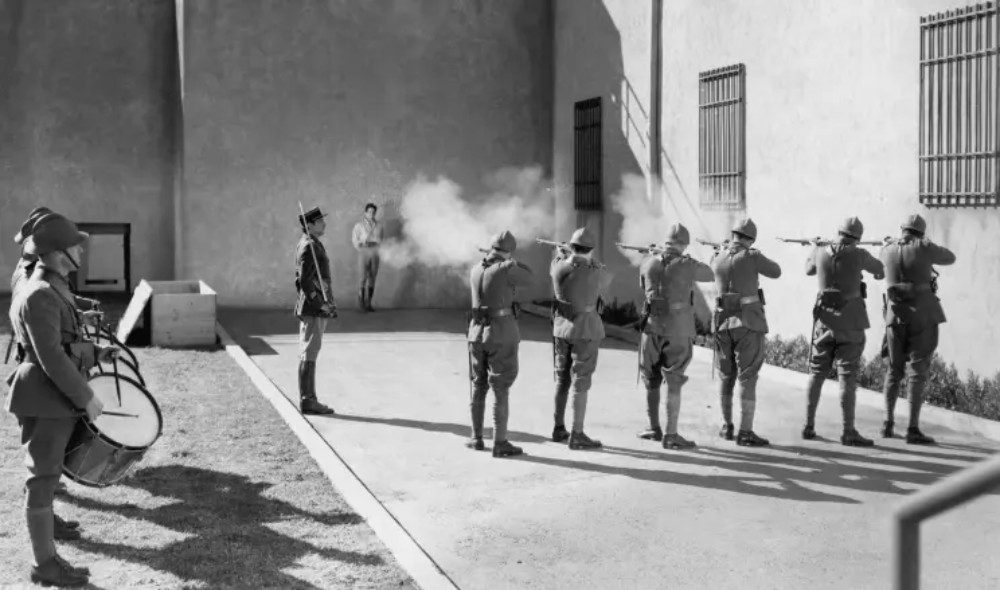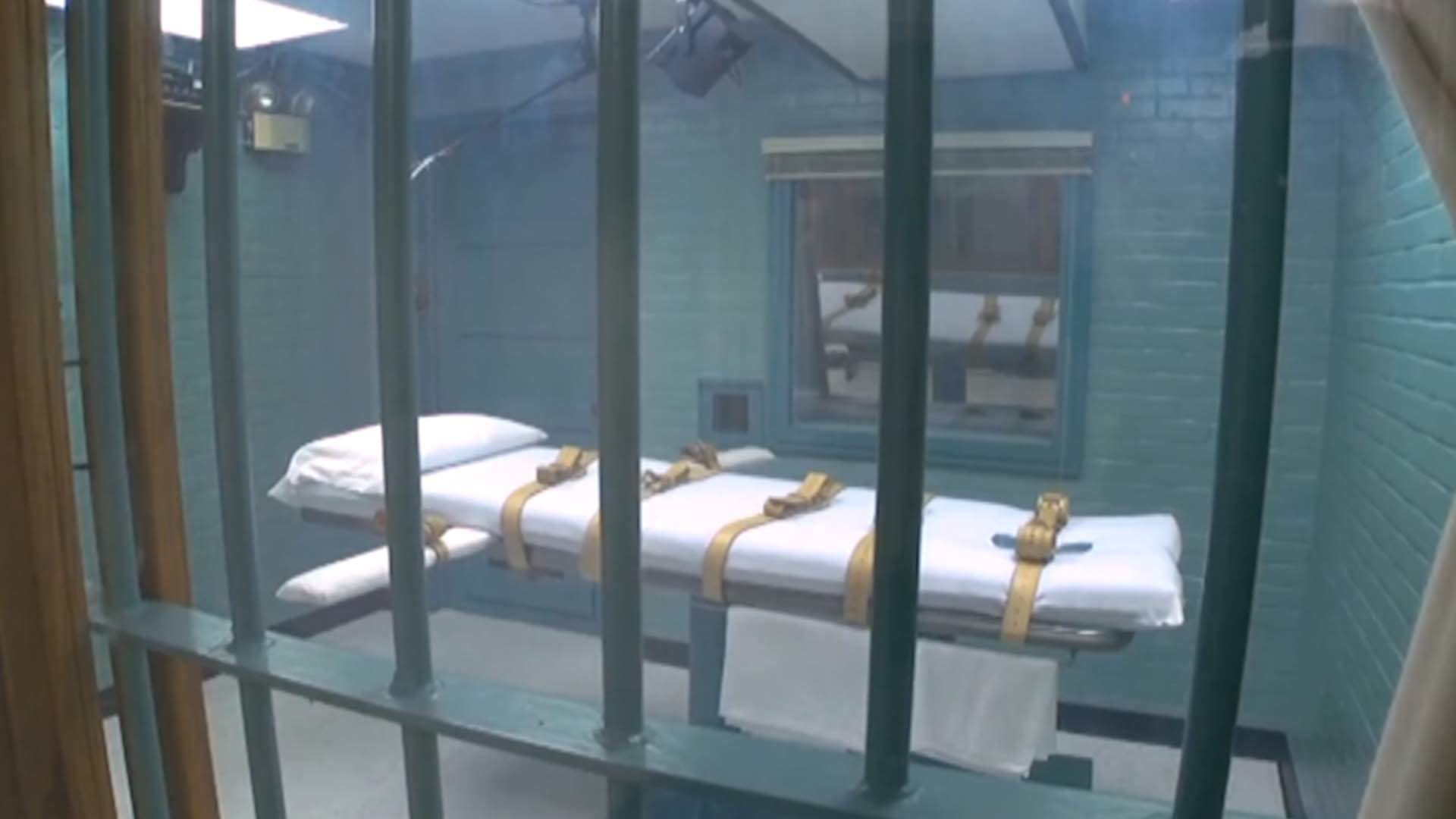The death penalty, typically capital punishment, is an established procedure involving murdering a person as retribution for a crime. An execution occurs when a death sentence is carried out. A death verdict is a judgment directing that a criminal be punished in this way. The phrase “on death row” refers to a convict that has been given capital punishment and is now awaiting execution.
Vary from state to state, charges that carry a death sentence are referred to as capital crimes. These crimes frequently include major crimes against people like slaughter, massacre, and violent assault, which frequently involves pedophilic exploitation, terrorism, aviation piracy, violations of international law, human rights violations, and genocide, as well as treason, including plotting to topple the government, spying, and insurgency.
Instead, flawed executions happen when the procedure for a certain form of death is broken or violated. The protocol might be developed mostly by standards, anticipations, and marketed benefits of each technique or by the legally recognized execution regulations of the government. Executions that go wrong involve unforeseen issues or setbacks that, at the minimum, may have caused the convict needless suffering or that show the executioner’s egregious ineptitude. This is a botched execution.
Among other instances, detainees have gone up in flames while in the electric chair, had their necks constricted during executions rather than snapped, and had incorrect amounts of certain medications given to them for deadly injections. At this point, with an annual 3% of American executions ending up botched, it warrants its own top 3. So, in no particular order, let us go through the ones we thought deserved the spots.
Also Read: True Story Behind The Revenant: Tale Of Hugh Glass
William Kemmler
This botched execution is as bloody as it gets. Being the first electrocution in a chair in New York on August 6, 1890. A state employed the electric chair for the inaugural moment to conduct an execution. Thomas Edison was among the advocates of this new execution technique, which they hailed as swift, efficient, painless, and compassionate. Later, politicians used similar justifications to justify lethal injection and death by gaseous nitrogen.
William Francis Kemmler, an American hawker, drunkard, and killer born on May 9, 1860, served as the first human to be put to death with electrocution in the world in 1890. One year prior, he was found guilty of killing his spouse Matilda “Tillie” Ziegler. Albeit, Kemmler’s death was not without incident.

Kemmler did enter the death chamber at 6:38 a.m., and the warden named Charles Durston introduced Kemmler in the presence of 17 witnesses. The metallic constraint was placed on his naked face, a cloth was put over, and he was tied to the seat.
Being in no rush, he advised taking things leisurely and doing them well. A horse was shocked to death the day prior. Therefore, the chair had previously undergone testing. It was believed that 1,000 volts of electricity on the generator would be sufficient to cause heart attack and rapid loss of consciousness. Kemmler received electricity for 17 seconds. Kemmler’s electricity was cut off, and the doctor Edward Charles Spitzka pronounced him deceased. Witnesses saw Kemmler was indeed alive.
Spitzka made an additional effort to jolt Kemmler using 2,000 volts upon establishing his continued survival. Some onlookers stated that his flesh went up in flames and that the blood vessel beneath his epidermis burst and flowed. The hair beneath and surrounding the electrode upon his head and the tissue underneath the wire at the foundation of the spine started to burn, and a terrible odor started to pervade the area. During an examination, physicians discovered that the blood arteries under his cranium had carbonized, and the surface of his brain had solidified. It took around eight minutes to carry out the execution.
Also Read: Unit 731: The Atrocities Of Japan During World War II
Wallace Wilkerson
At this point, the Wallace Wilkerson incident is too famous not to include in this list. In a nook of the prison grounds, Wallace Wilkerson, having killed someone in Provo after a dispute over a game of cards, was to be executed. Wilkerson marched out of his prison in a black, worsted cloth and a soft white fabric cap even as time drew close. He had a cigar on him at all times, held in his left hand.
Witnesses said that he was clearly under the influence of alcohol. The convicted guy declined to wear a blindfold and argued that he was not to be strapped to the seat. He swore to the sheriff that he would die valiantly, staring his murderers in the eyes while he did so. The sheriff argued that the executioners would be hidden in a shack 20 feet away in response to the objections. A piece of white was placed on his heart for aim.

When Wilkerson overheard the hushed order, he stiffened his torso as though to prepare for the inevitable tragedy. Four powerful projectiles from the rifles tore through the convicted killer. Wilkerson leaped from the chair and sprang a few feet ahead due to the hit. He fell to the ground, lowering his head and curling up. He was thankful to God that they missed ” They missed!” the convict yelled. Many spectators, including a doctor, hurried forth.
Wilkerson was writhing upon that dirt in front of about 20 witnesses, making it clear that the gunfire had missed his heart. He lifted the aim patch by sitting up straight, which caused the gunmen to be pointed in the wrong direction. The fourth gunshot had pierced Wilkerson’s left shoulder 6 inches beyond the other three, shattering the bone while the other three barely impacted the mark. On May 16, 1879, it took 27 minutes for his death to be officially declared.
Joe Nathan James Jr.
Many who have known Clayton Lockett or Doyle Lee Hamm might have expected them here. Still, we are sorry to tell you that Joe Jr. had insufferably taken the seat in the top 3 with the longest lethal injection record ever in American history. On July 28, 2022, he was to die by lethal injection. Following the violent murder of Faith Hall of Birmingham city in 1994, James was found guilty and sentenced to death.
According to the prosecution, when Ms. Hall rejected James’s brief encounter with her, he became obsessed with her. He followed her around and disturbed her before killing her. According to public documents, on August 15, 1994, when Ms. Hall was visiting a friend, he smashed down the door, grabbed a pistol from his belt, and fired three shots at her. According to Ms. Hall’s two children, who were three and six years old at the time of her death, the 50-year-old was sentenced to life in prison. He was found responsible for the crime and given the death penalty in 1999 following a mistrial in 1996.

The Associated Press said that James never opened his eyes or made any conscious motions throughout the treatment. When asked whether he had any parting remarks, he remained silent. John Hamm, the commissioner of the Alabama Corrections Department, stated immediately following the killing that he was unsure whether the execution squad had trouble locating a blood vessel and the usual procedure occurred.
James had an objective autopsy that revealed choppy wounds on his left arm, which may have resulted from staff members trying to hack in to uncover a vein. Numerous needle wounds were also detected on James’ torso. His hands show large streaks of purplish bruises, which suggest that the state tried to put IV catheters right above each knuckle. On July 28 this year, well over three hours following the scheduled start time of the execution, Joe Nathan James Jr.’s death was declared. And that is how the 3 most infamously botched executions were carried out.




